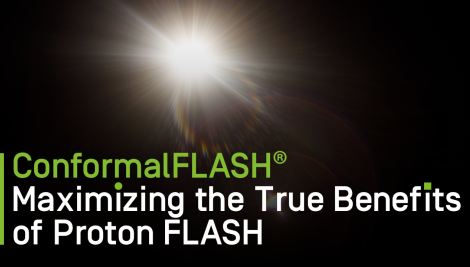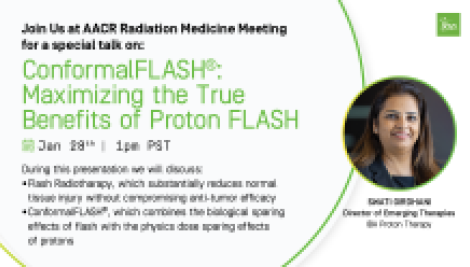Subtitle
FLASH Radiotherapy: What Can FLASH's Ultra High Dose Rate Offer to the Treatment of Patients With Sarcoma?
A review article by the Upenn group summarized the preclinical and clinical evidence for the FLASH effect and discussed the potential clinical significance for FLASH RT in patients with sarcoma. The accumulating body of literature provides consistent evidence that FLASH RT spares the structure and function of skeletal and dermal tissues without compromising therapeutic efficacy in numerous murine sarcoma models. Clinical studies in large animals have shown single high doses of FLASH to produce significant toxicities not unlike those expected from standard RT. Thus, it is generally thought that higher FLASH total doses should utilize fractionated delivery to preserve the FLASH benefit. Ongoing and future studies, including large animal and human clinical trials, will be needed to comprehensively evaluate fractionation schemes alongside other delivery parameters for FLASH RT of sarcomas (as well as other tumor types) and their associated normal tissues.




